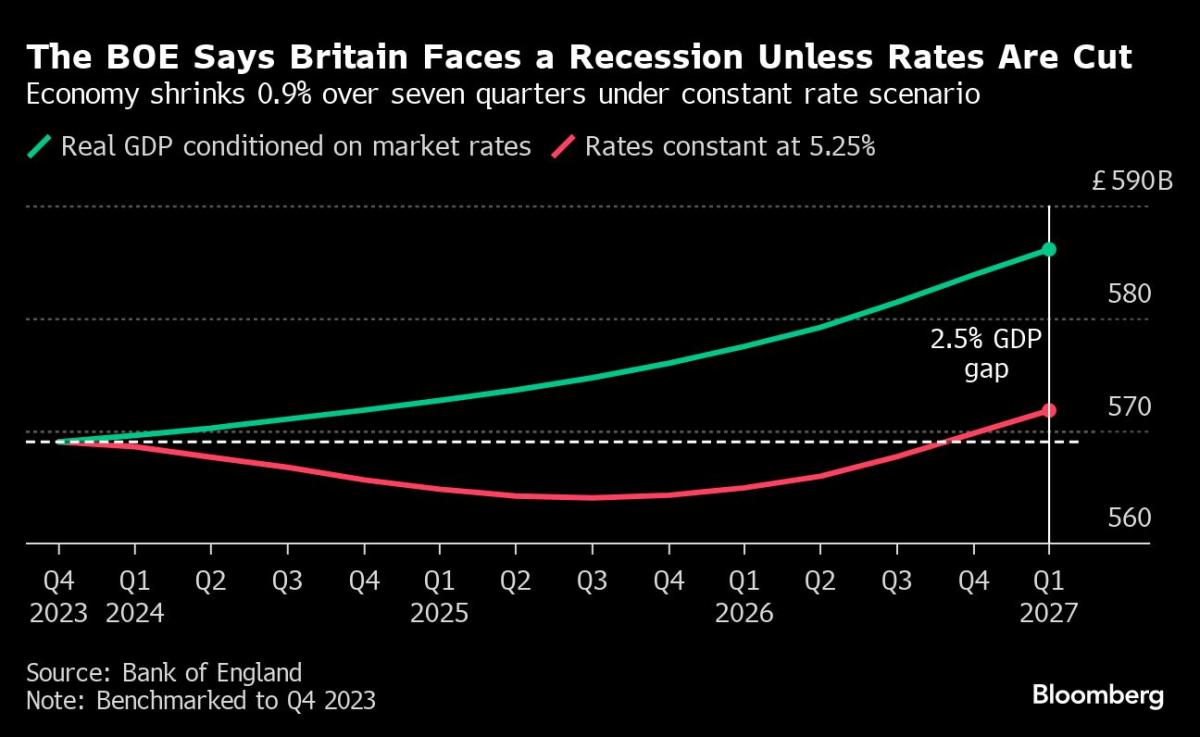Stress and Anxiety Cited as Primary Reasons for Substance Use Among U.S. Teens, CDC Report Finds
A recent report from the Centers for Disease Control and Prevention (CDC) has shed light on the primary reasons why American teenagers turn to drugs and alcohol. According to the study, stress and anxiety are the main factors driving substance use among teens in the United States. The report also reveals that half of those who misuse prescription drugs do so alone, which poses a significant risk for fatal overdose.
The study, which covers the years 2014-2022, is based on data from the National Addictions Vigilance Intervention and Prevention Program and includes self-reports from nearly 16,000 teenagers. It is important to note that the findings are specific to adolescents who are being assessed for substance use disorder treatment and may not be generalizable to all teenagers.
When asked about their motivations for using substances, mental health challenges emerged as the dominant factor. The majority of respondents stated that they used drugs and alcohol to feel mellow, calm, or relaxed (73%). Additionally, many reported using substances to stop worrying about problems or forget bad memories (44%), or to help with depression or anxiety (40%). Surprisingly, half of the teenagers said they used substances simply to have fun or experiment.
The study also highlighted the social aspect of substance use among adolescents. The majority of teenagers reported using substances with friends (81%), while a significant portion admitted to using alone (50%). This finding is particularly concerning because misusing prescription drugs while alone can lead to fatal overdoses, especially considering the rise of counterfeit pills containing illegal drugs like fentanyl.
Dr. Leslie Walker-Harding, chief academic officer and senior vice president at Seattle Children’s Hospital, emphasized the link between substance use and mental health conditions. She stated that 75% of young people with a substance use disorder also have a mental health condition. Therefore, if a teenager is using substances to alleviate depression or anxiety, it should be seen as a warning sign that intervention is needed.
The CDC suggests that addressing stress reduction and focusing on mental health concerns could help reduce underage substance use. The agency also recommends educating young people about the dangers of using drugs while alone and how to recognize and respond to an overdose, as this could potentially save lives.
These findings align with a similar study published in JAMA Pediatrics in late January. Researchers from the University of Minnesota and Harvard University found that adolescents who use substances tend to have more psychiatric symptoms compared to their peers who do not use drugs. The study linked substance use to various symptoms and conditions, including anxiety, depression, hyperactivity, and suicidal ideation. This suggests that asking adolescents about their substance use can serve as a powerful screening tool for identifying underlying mental health issues.
Another study from 2020, published in the Journal of Substance Use & Addiction Treatment, examined the reasons why young adults use nonprescription drugs. The main motivations were recreation and self-treatment. Interestingly, men were more likely to cite recreation as a driving force, while women were more likely to cite self-treatment. For those using stimulants, being enrolled in college played a significant role.
The collective findings of these studies highlight the urgent need for mental health treatment targeted at teenagers. It is crucial to address the underlying mental health issues that often drive substance use among adolescents.
The CDC also emphasizes the severity of underage drinking in the United States, calling it “a significant public health problem.” Excessive drinking among minors leads to thousands of deaths and years of potential life lost each year. It also incurs substantial costs for the country.
The 2021 Youth Risk Behavior Survey revealed alarming statistics among high school students. Within the 30 days before the survey, 23% of students drank alcohol, 11% engaged in binge drinking, 5% drove after consuming alcohol, and 14% rode with a driver who had been drinking. The report warns that underage drinking can have detrimental effects on school performance, relationships, health, and legal issues. It can also impair normal growth and sexual development, contribute to physical and sexual violence, and cause long-term effects on brain development.
Brenden Tervo-Clemmens, assistant professor of psychiatry at the University of Minnesota and lead author of the JAMA Pediatrics paper, stresses the importance of universally screening for psychiatric symptoms in the context of substance use. Regardless of the substance, all the mental health symptoms examined in the study, including depression, suicidal thoughts, and ADHD, were elevated among substance-using adolescents.
In conclusion, the CDC report highlights the significant role that stress and anxiety play in driving substance use among American teenagers. It underscores the need for targeted mental health treatment for adolescents and emphasizes the importance of educating young people about the dangers of substance use while alone. By addressing these issues, we can work towards reducing underage substance use and its associated risks.


